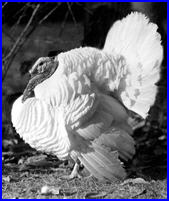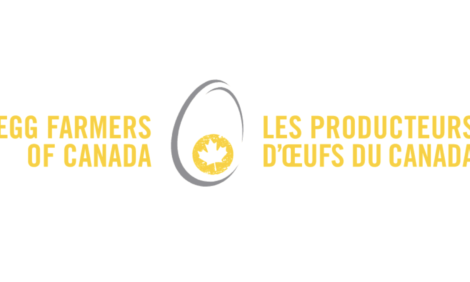



Science Puts a Lot in Your Holiday
US - Especially at holiday time, U.S. consumers benefit from the work of Agricultural Research Service (ARS) scientists in Beltsville, Md. For example, the current form of the turkey in the oven and the poinsettia in the hall are owed to scientists at the ARS Henry A. Wallace Beltsville Agricultural Research Center (BARC). |
| The Beltsville Small White turkey. |
The holiday turkey that graces millions of tables between Thanksgiving and New Year's Day owes its lineage to BARC poultry scientists. In the 1930s, in response to a call for smaller, meatier birds, they developed a new turkey—called the Beltsville Small White—which averaged 8-10 pounds, yielded a high percentage of breast meat, and had whiter feather quills.
White feathers meant that any quills not totally removed during processing did not detract from the turkeys' appearance. Today, that BARC turkey line is part of the pedigree of nearly every turkey sold in the United States.
Commercial turkey production throughout the United States and the world has benefitted tremendously from the research performed through the years at BARC. Over the last three decades, BARC scientists have made discoveries that have led to the development of turkey tom "stud" farms. Management is geared only for the tom, thereby optimizing its reproductive potential. BARC scientists also contributed significantly to the development of semen storage and semen evaluation procedures used throughout the world.
Chocolate is a mainstay of almost any holiday. But the cacao plant, from which chocolate is derived, is the target of several fungal diseases, resulting in severe yield losses to the cacao bean crop. BARC scientists developed a method to mass-produce a beneficial fungus, Trichoderma spp., to combat this chocolate threat.
Poinsettias are America's No. 1 holiday plant, with more than 80 million sold during the six-week season. In its native Mexico, the poinsettia grows up to eight feet tall. BARC scientists found that a phytoplasma—a bacteria-like organism—acts as a dwarfing agent, allowing the common holiday plant to stay at a comparatively dainty 18 inches. This phytoplasma triggers a hormonal imbalance that instructs the plant to grow outward, rather than up like a tree. This "free-branching" phenomenon also produces more of the brilliant-red, leaf-like bracts favored by many consumers.
ThePoultrySite News Desk











